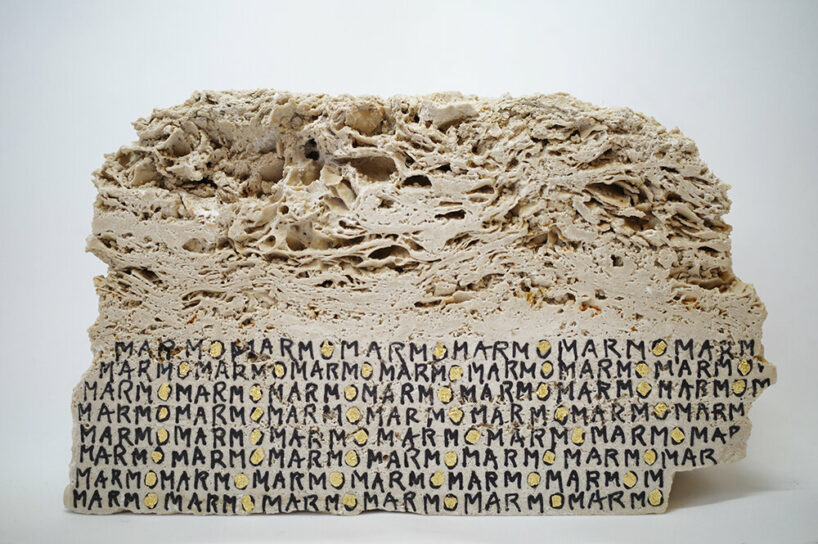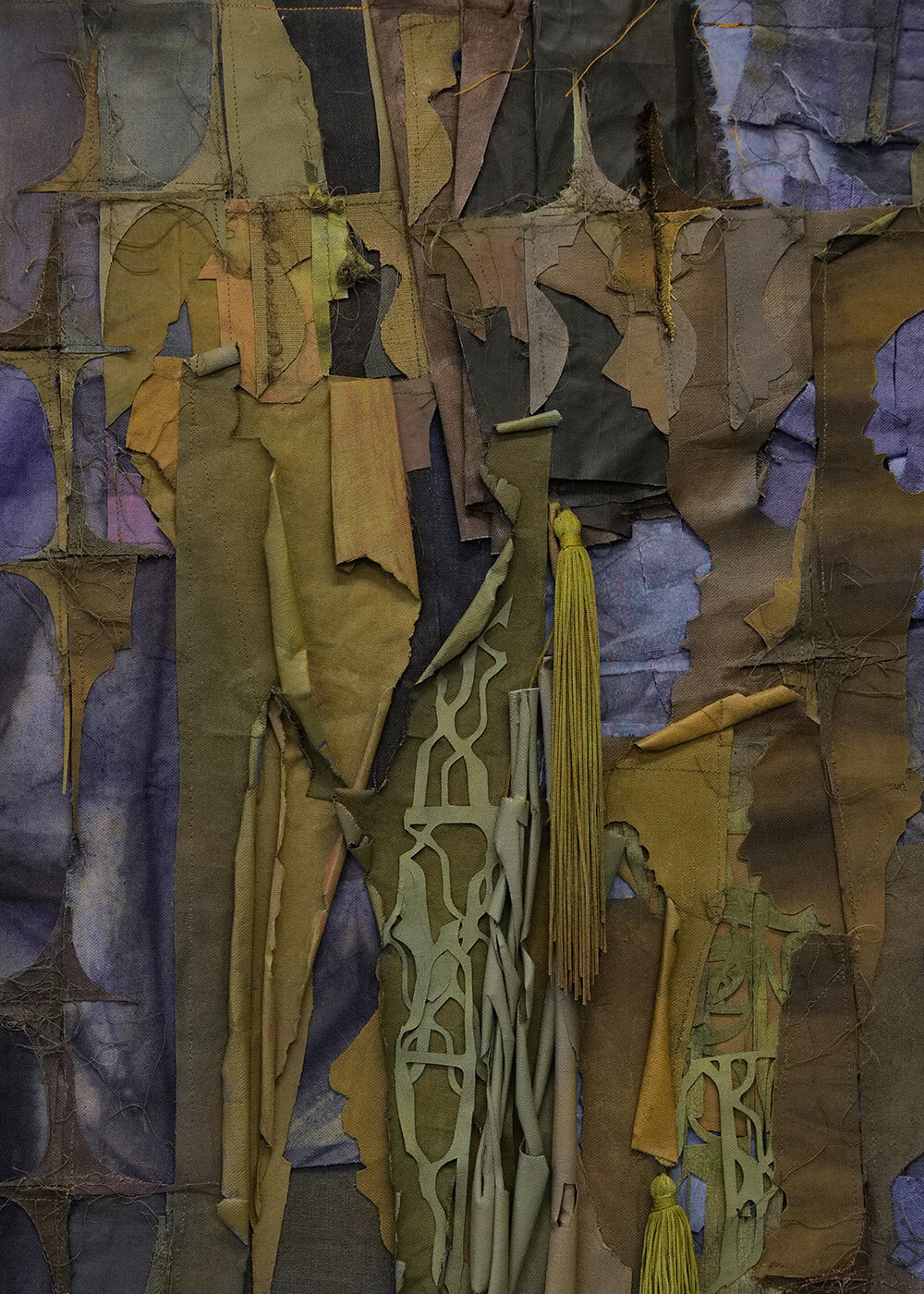what to expect at the venice art biennale 2024
THE 60th International Art Exhibition, entitled Stranieri Ovunque – Foreigners Everywhere, is open to the public from Saturday April 20 to Sunday November 24, 2024 at the Giardini and Arsenale in Venice. Curated by Adriano Pedrosa and organized by La Biennale di Venezia, the Venice Art Biennale 2024 brings together 332 artists and presents two sections: the Nucleo Contemporaneo and the Nucleo Storico. Its main goal is to spotlight artists from diverse backgrounds, giving space and visibility to previously marginalized groups, such as immigrants, expats, queer people, and indigenous people. Particular attention is paid to outdoor projects, both at the Arsenale and at the Giardini, where a program of performances and events is planned during the pre-opening and closing weekend of the 60th Exhibition. The pre-opening will take place on April 17, 18 and 19; the awards ceremony and inauguration will take place on April 20, 2024.

Claire Fontaine: Foreigners everywhere – Spanish (2007) | suspended, wall or window neon, frame, electronic transformer and cables | 98 × 2.16 × 45cm | The traveling show, organized by Adriano Pedrosa, La Colección Jumex, Mexico | image © Studio Claire Fontaine, courtesy of Studio & Mennour
Stranieri Ovunque – Foreigners everywhere
Stranieri Ovunque – Foreigners Everywhere at the 2024 Venice Art Biennale builds on a series of works begun in 2004 by the Claire Fontaine collective, born in Paris and based in Palermo. The works consist of neon sculptures of different colors that reproduce the words “Foreigners Everywhere” in an increasing number of languages. The expression comes from the name of a Turin collective which fought against racism and xenophobia in Italy in the early 2000s.’The expression Stranieri Ovunque has several meanings. First of all, wherever you go and wherever you are, you will always meet strangers – they/we are everywhere. Second, no matter where you are, you are still truly and deep down a stranger.,’ reiterates Adriano Pedrosa during the press conference held today (January 31, 2024). Regarding the 2024 Venice Art Biennale, curator says artists have historically traveled and moved for various reasons, a trend that has intensified since the 20th century despite increasing restrictions on the movement of people . THE main exhibition thus highlights foreign artists, immigrants, expatriates, diasporic emigrants, exiles or refugees. The focus is primarily on those who have lived the experience of migration between the South and the North, with key themes revolving around migration and decolonization.

Claire Fontaine: Foreigners Everywhere (Italian), 2004 – installation view | Cité internationale des arts Paris, Montmartre, Paris, 2004 | suspended, wall or window neon, frame, electronic transformer and cables | image by and © Studio Claire Fontaine, courtesy of studio & Gallery T293
Nucleo Contemporaneo: the other and the queer
The first section of the exhibition, Nucleo Contemporaneo, takes a deep dive into the meaning assigned to words referring to “the other,” “the foreign,” and “the foreigner” in the art world. Adriano Pedrosa specifies: ‘Italian straniero, Portuguese estrangeiro, French foreign and Spanish extranjero are all etymologically linked respectively to strano, estranho, strange, extraño, which is precisely the foreigner. I think of Sigmund Freud’s Das Unheimliche – The uncanny in English, which in Portuguese has actually been translated as “o estranho” – the strange that is also familiar, inside, deep down. According to American Heritage and Oxford Dictionaries, the first meaning of the word “queer” is precisely “strange,” and so the exhibition unfolds and focuses on the production of other related subjects: the queer artist, who evolved within different sexualities and genders, often persecuted or forbidden; the outsider artist, who is on the fringes of the art world, like the self-taught artist, the popular artist and the popular artist; the indigenous artist, often treated as a foreigner in his own country.’

Yinka Shonibare: Refugee Austronaut II (2016) | fiberglass mannequin, Dutch wax printed cotton textile, net, possessions, astronaut helmet, moon boots and steel base plate | 210 x 90 x 103 cm | image by Stephen White & Co. / © Yinka Shonibare CBE, courtesy of the artist and James Cohan Gallery
Indigenous artists feature prominently in the Biennale, with the Mahku collective from Brazil painting a monumental mural on the facade of the Central Pavilion and the Maataho collective from Aotearoa/New Zealand presenting a large-scale installation in the Corderie. Queer artists also appear throughout the exhibition, with a significant section dedicated to them in the Corderie, namely Erica Rutherford (Canada), Isaac Chong (China/Hong Kong), Elyla (Nicaragua), Violeta Quispe ( Peru) and Louis Fratino (US). The central pavilion also emphasizes queer abstraction with works by artists like Evelyn Taocheng Wang (China) and others from Italy, the Philippines, etc. From Europe, three of its most notable outsider artists are featured: Madge Gill (UK), Anna Zemánková (Czech Republic) and Aloïse (Switzerland).

Dean Sameshima: Homosexual Anonymous (2020) | acrylic on canvas | 30 x 40 cm | image provided by the artist, Kristina Kite Gallery & Soft Opening / © Dean Sameshima
The Nucleo Contemporaneo will host in the Corderie a special section dedicated to the Archives of Disobedience, a project by Marco Scotini who, since 2005, has been developing a video archive focused on the relationships between artistic practices and activism. In the exhibition, the presentation of the Archives of Disobedience was designed by Juliana Ziebell, who also worked on the architecture of the international exhibition as a whole. This section is divided into two main parts, specifically designed for our setting, focusing on films and videos: diaspora activism and gender disobedience. The Disobedience Archives will include the works of 39 artists and collectives between 1975 and 2023.

Greta Schödl: Marmo travertino piccolo – Writing Series (2023) | China and gold leaf on travertine marble | 14.5 x 8.5 x 3 cm | © Greta Schödl | image by Letizia Rostagno, courtesy of the artist
nucleo storico: unpacking global modernism
The second section of Foreigners Everywhere, Nucleo Storico, features 20th-century works from Latin America, Africa, Asia, and the Arab world. Works from these regions will be on display in select rooms, serving as a curatorial experience to challenge the boundaries and definitions of global modernism. If European modernism is well documented, the modernisms of the countries of the South are often neglected. The exhibition recognizes how European modernism spread around the world, often through colonialism, and how artists from the Global South traveled to Europe to showcase their works. ‘It is difficult to establish a strict global chronology here, because processes can be quite singular in each country or region, often following their own idiosyncratic developments. notes Pedrosa during the conference.

Nour Jaouda: Everything touches everything else – detail (2023) | dye and pigment on canvas, steel | 170 x 80 cm | image courtesy of the artist / © Nour Jaouda
The Nucleo Storico of the Central Pavilion is made up of three rooms: Portraits, Abstractions and the Italian artistic diaspora throughout the 20th century. The two rooms that house the Portraits will include the works of 112 artists, mostly painted, but also works on paper and sculptures, covering a period between 1905 and 1990. This section brings together artists from Korea and Singapore, who were once among the historically significant so-called third world or indigenous Māori artists, such as Selwyn Wilson and Sandy Adsett, from Aotearoa/New Zealand. Other countries include Chile (with Laura Haudig), China, Colombia (with Rómulo Rozo), Cuba, Egypt (with Inji Efflatoun), Ghana (with Grace Kwami), India, Iran , Lebanon, Iraq, Malaysia, Sri Lanka, Sudan, Tunisia, Turkey, Vietnam and Zimbabwe. “The selection shows how the human figure was explored in countless different ways by Southern artists, reflecting on the crisis of representation around the very figure that marked much of 20th-century art in the South. (…) Most of the images represent non-white characters, which in Venice, at the heart of the Biennale, becomes an eloquent element of this large heterogeneous group and of the exhibition itself.,’ continues the curator.

Mataaho Collective: Takapau (2022) | high visibility polyester fasteners, stainless steel buckles | variable dimensions | image by Maarten Holl, courtesy of Te Papa
The room dedicated to Abstractions includes 37 artists: almost all of them will be exhibited together for the first time in unforeseen juxtapositions, thus hoping for new connections, associations and parallelisms that go far beyond the fairly simple categories proposed. Here we highlight a painting by Etel Adnan (Lebanon), a textile image by Mexican artist Eduardo Terrazas and Samia Halaby from Palestine. Of particular interest here is a form of abstraction that breaks with the European constructivist abstract geometric tradition, known for its strict orthogonal grid of verticals and horizontals. Instead, this abstraction prioritizes organic, curvilinear shapes over rigid structures, often using primary colors as a guiding principle.


